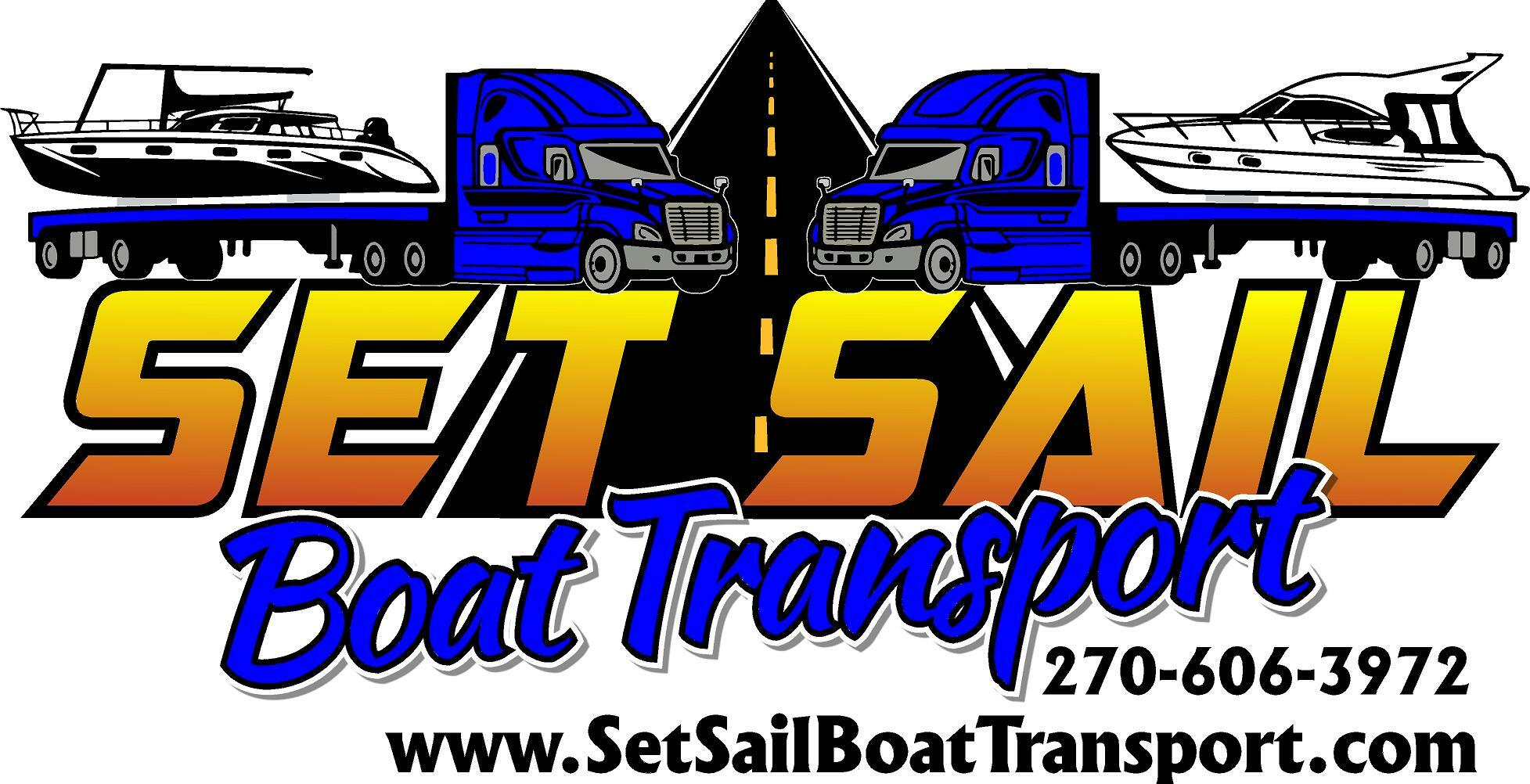
Close


If you own a paddle boat, you already know how much fun it brings to your time on the water. But many boaters ask the same question you might be wondering is, how to transport a paddle boat without stress or damage.
Moving it from storage to the water requires the right steps, planning, and tools. Doing it the wrong way can cause costly damage or safety risks.
With the right method, you can enjoy smooth and secure transport every time. Here’s the step-by-step guide to transporting a paddle boat safely:
Before loading, check the boat for loose gear, dirt, or water. Remove items that may shift during hauling. Drain any water inside the hull. Secure small accessories, such as paddles and life vests, in a bag. A clean, empty boat is safer to move and easier to secure.
Select a trailer that matches the size and weight of your paddle boat. Using the wrong type increases the risk of shifting during travel. The trailer should have rollers or bunks that fit the boat’s hull. Check the tires, lights, and hitch before loading to ensure safe towing.
This is among the most important steps when you’re learning how to transport a paddle boat. Position the trailer on level ground before loading. Align the boat with the trailer center. Use a winch strap to pull it forward until the bow fits snugly against the trailer stop. Double-check that the boat sits evenly on the supports. Uneven placement can cause swaying or damage.
make sure to use secure strapping methods. Use ratchet straps across the stern and bow. Make sure straps are tight but not overly stretched. Avoid using ropes because they loosen during travel.
Test the tension by gently pushing the boat side to side. A professional boat transport company can assist you with preparing your boat.
Before hitting the road, inspect the towing vehicle. Make sure the hitch is locked, and the safety chains are crossed under the trailer tongue. To ensure boat trailer safety, check brake lights and turn signals. The towing vehicle must have enough capacity to handle the weight of both the trailer and paddle boat.
Drive at moderate speeds. Avoid sharp turns, sudden stops, or quick lane changes. Paddle boats are light but can catch wind, making them less stable at high speeds. Keep extra space between your vehicle and others. Slow down over bumps or uneven roads to avoid bouncing.
When you arrive, back the trailer into the water slowly. Keep the vehicle wheels clear of the water if possible. Unhook the winch and straps carefully. Guide the paddle boat off the trailer with control.
Never rush this step, as slips or sudden movement can damage the hull. If you think you cannot manage this yourself, it’s better to take help from boat transportation services.

Protect the hull by adding padding where the boat touches the trailer. Foam blocks or rubber mats reduce scratches and dents. A boat cover shields from dirt, insects, and flying debris during the drive.
Always balance the paddle boat on the trailer. Weight should rest evenly from side to side. Uneven loading can cause fishtailing, making it harder to control your vehicle. Check the tongue weight too. A balanced setup keeps towing smooth.
Look over the boat, trailer, and straps before leaving. Repeat the check after arriving. Road vibrations can loosen straps, so adjust if needed. Inspecting after the trip ensures that your boat has no new cracks or dents.
Not all roads are suitable for towing a paddle boat. Narrow lanes, steep hills, or rough surfaces increase risk. Use highways or smooth routes when possible. Planning helps avoid sudden detours and keeps your trip stress-free.
If you feel unsure about hauling or lack the right trailer, hire professionals. We at Set Sail Boat Transport handle paddle boats with care. Our team uses the right equipment, secure strapping methods, and experienced drivers. Choosing expert help saves you time and gives peace of mind.
A roof rack may work for very small paddle boats, but it is not the safest choice. The weight and size can damage your vehicle and make driving unstable.
Your trailer should match the length and weight of the boat. The supports must align with the hull to keep it balanced. If unsure, ask a dealer or professional transporter for guidance.
The safe speed depends on road conditions and your vehicle, but keeping under 55 mph is best. Lower speeds give you more control and reduce swaying.
Learning how to transport a paddle boat safely makes every trip smoother and less stressful. By following the right steps, securing the load, and driving with care, you can prevent damage and enjoy more time on the water.
If you ever need expert support, we at Set Sail Boat Transport are ready to help you move your paddle boat with safety and ease. Trust us to handle the heavy work so you can focus on enjoying your next adventure.